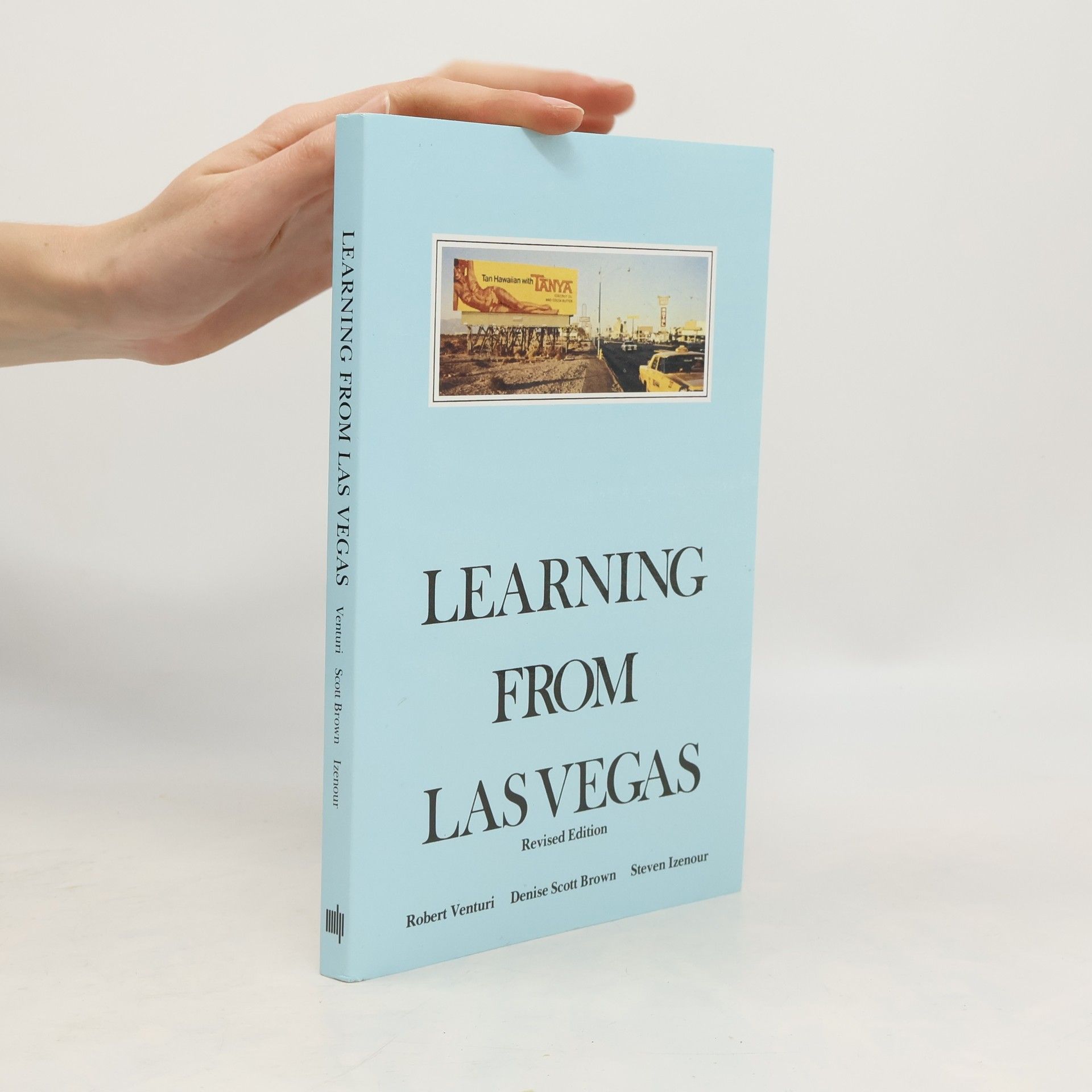Learning from Las Vegas created a healthy controversy on its appearance in 1972, calling for architects to be more receptive to the tastes and values of "common" people and less immodest in their erections of "heroic," self-aggrandizing monuments. This revision includes the full texts of Part I of the original, on the Las Vegas strip, and Part II, "Ugly and Ordinary Architecture, or the Decorated Shed," a generalization from the findings of the first part on symbolism in architecture and the iconography of urban sprawl. (The final part of the first edition, on the architectural work of the firm Venturi and Rauch, is not included in the revision.) The new paperback edition has a smaller format, fewer pictures, and a considerably lower price than the original. There are an added preface by Scott Brown and a bibliography of writings by the members of Venturi and Rauch and about the firm's work.
Steven Izenour Knihy


Learning from Las Vegas, facsimile edition
- 216 stránek
- 8 hodin čtení
The book presents a pivotal argument that the architecture of Las Vegas, particularly its billboards and casinos, deserves critical attention, challenging traditional architectural norms. Initially released in 1972, it was designed by Muriel Cooper and became a modernist design icon, though the authors later deemed it too grand for their message. This facsimile edition revives the original large-format design, accompanied by a preface from Denise Scott Brown, reflecting on its creation and the authors' views on the design's monumental nature.